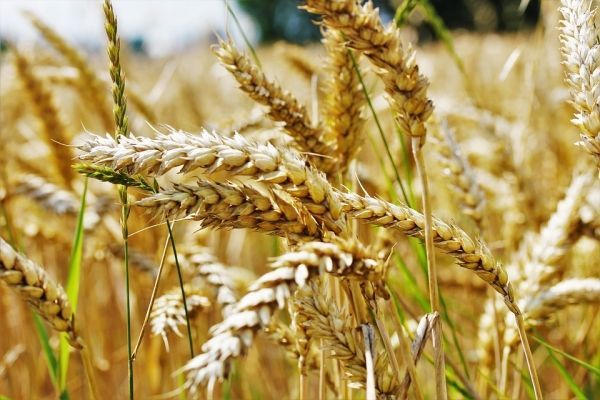In the soils of the world’s cereal fields, a family tussle between related species of fungi is underway for control of the crops’ roots, with food security threatened if the wrong side wins. Beneficial fungi can help plants to protect themselves from cousins eager to overwhelm the roots, but it’s a closely fought battle.
Working out the right conditions to support those beneficial fungi and identifying the cereal varieties that are best suited to make the most of that help is no mean task, but now a young team of scientists from Rothamsted Research has come up with some answers. Their complete findings are published today in the Journal of Experimental Biology.
Take-all is a devastating root disease of cereal crops worldwide caused by the fungal pathogen, Gaeumannomyces tritici. Related species, notably G. hyphopodioides, are capable of immunising plant roots against the pathogen. Farmers struggle to control the disease because few chemical seed treatments are available and current biological strategies are hindered by the variety of soil types.
“This work aimed to explore whether wheat genetics can be exploited to help support and potentially build up populations of closely related take-all suppressing fungal species that are known to lower the disease levels caused by the take-all fungus,” says Vanessa McMillan, co-author and postdoctoral researcher in plant pathology.
Read more at Rothamsted Research
Photo credit: Pixounaut via Pixabay


